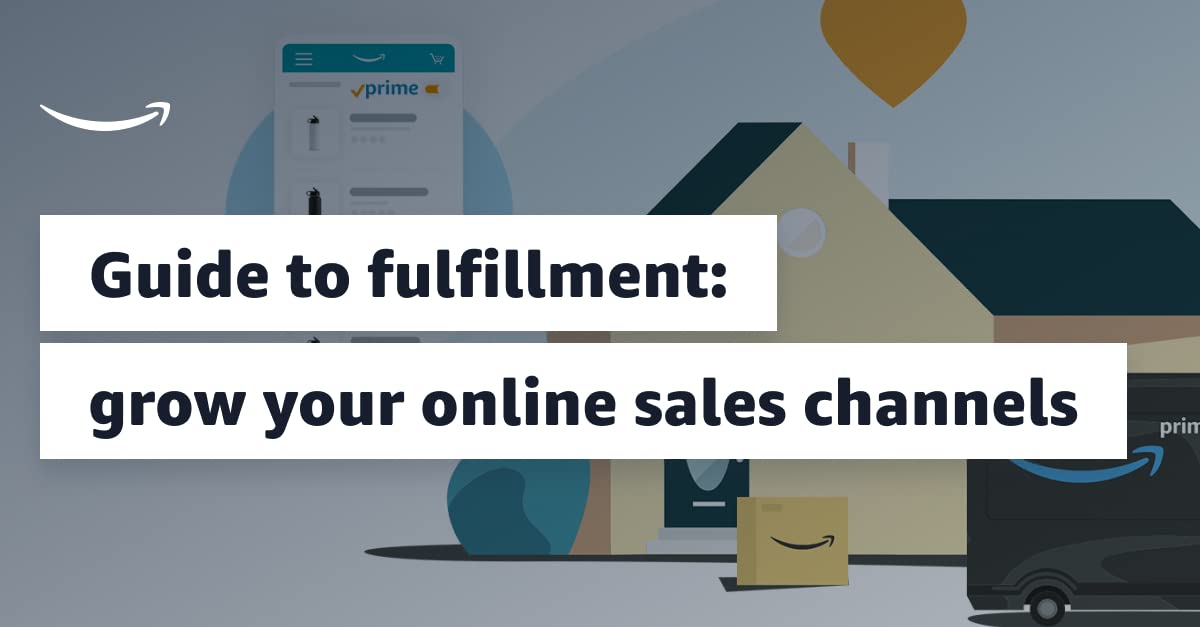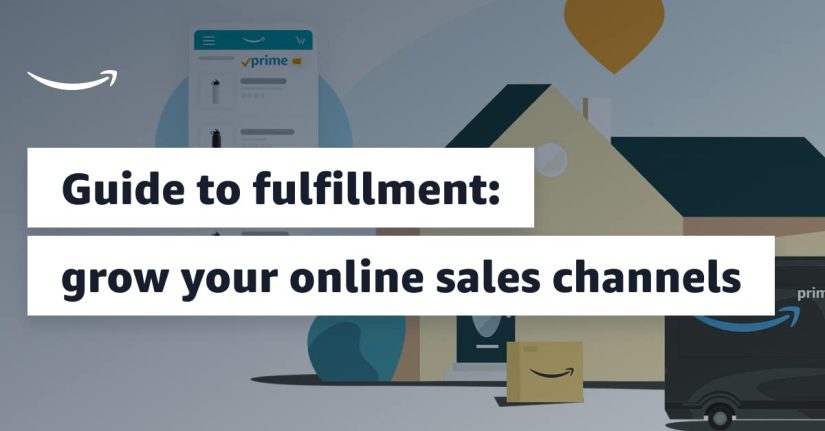
Margins tighten rapidly in e-commerce, where escalating carrier charges and impatient consumers provide scant room for mistakes. Fulfillment transcends mere storage and shipping—it involves the intricately coordinated process of selecting, packaging, and timing each order to arrive at doorsteps without eroding profits. Inefficient execution of this process results in financial loss; when performed effectively, it fosters loyalty and operational efficiency.
Kitting introduces an additional advantage. Combining products into ready-to-ship sets diminishes errors, accelerates training times, and reduces returns. For subscription boxes and bundled offers, efficient kitting strikes a balance between rapidity and cost management.
When operational accuracy integrates with intelligent packaging, growth ceases to bleed margins and begins to compound.
**Organizing Kitting Workflows to Reduce Operational Waste**
Clarity enhances efficiency in kitting. Effective kit combinations thrive when constructed from exact templates detailing SKUs, quantities, and packing sequences. With every aspect predetermined, workers circumvent improvisation, speeding up picking and minimizing re-ships.
A dynamic template library linked to picking paths and workstation designs bolsters consistency, hastening training while minimizing costly errors. Firms that invest in fulfillment kitting services establish a structured system that maintains reliable and scalable standards.
Flow across the workspace holds equal significance. Situating assembly near inventory areas reduces unnecessary walking, while accessible open-shelf storage for common components keeps action continuous.
Standardized labeling within and outside each kit, connected to batch and fulfillment codes, enables a swift scan for accuracy confirmation. Collectively, these minor improvements reduce waste without increasing complexity.
**Managing Labor Expenses Through Process Efficiency**
Labor expenditures escalate quickly when workflows veer off course. Cross-training staff across kit categories minimizes downtime and curtails overtime, while organizing assemblies with similar actions maintains a steady, efficient flow. Workstations designed around shared picks and uniform processes shorten cycle times and diminish unnecessary movement.
Transparent metrics maintain cost oversight. Weekly monitoring of hours by kit category and station helps identify drift early. Production per team, cycle time per template, and rework minutes serve as straightforward indicators spotlighting inefficiencies. Rotating small teams through different kit types keeps performance balanced and reveals training requirements before labor overruns accumulate.
**Packaging and Shipping Choices That Lower Hidden Expenses**
A packed box at the carrier counter illustrates how packaging subtly diminishes margins. Appropriately sizing cartons and poly mailers reduces dimensional weight charges; measure the product plus minimal cushioning, then select the smallest standard box that secures items. Utilizing mailers for single-item orders often cuts material and postage costs without compromising safety.
Create nested kit trays or adjustable foam inserts that accommodate various product combinations to minimize SKU-specific packaging. Standardize three to five universal outer dimensions and optimize internal fill to eliminate excess void. Careful weighing and measuring at packaging stations avert unexpected fees. A trial lasting two weeks comparing three box sizes generally uncovers the most significant savings.
**Aligning Kitting With Inventory and Supply Chain Strategies**
Inventory should ensure capital flows, not encumbers it. Kitting strategies perform optimally when bundles focus on high-turn SKUs, sidestep slow-moving items, and synchronize purchasing cycles with demand forecasts. This discipline minimizes last-minute acquisitions, while reorder points at the component level prevent cash from becoming tied up in stagnant stock. The outcome is liquidity that fosters growth instead of hindering it.
Seasonal spikes heighten the necessity for foresight. Semi-assembled kits positioned near packing lines free up time during high-volume periods, while aligning BOMs directly with purchase orders keeps suppliers in sync with kitting timelines. Consolidated shipments lower freight costs, and designating rack space for peak-season production stabilizes workflows under pressure.
**Expanding Kitting and Fulfillment While Maintaining Unit Economics**
Modular benches equipped with snap-in fixtures enable teams to increase assembly capacity without significant capital investment. Standardized bins, easily adjustable conveyors, and quick-change jigs minimize setup times; adding a module boosts throughput in predictable increments that align with seasonal demands. Leasing modules or repurposing pallet racks keeps fixed costs manageable, while clear standard operating procedures at each workstation upholds quality as staffing expands.
Automation proves valuable when centered on repetitive, high-volume kits with limited variation; a straightforward payback model—savings on labor, reduction in errors, and gains in throughput—ensures measurable decisions. Flexible supplier agreements incorporating short seasonal thresholds and capped rush fees mitigate cost fluctuations. A twelve-month payback objective for automation trials clarifies investment choices before broader implementation.
E-commerce expansion relies on accuracy, not assumptions. Streamlined kitting workflows, strategic labor assignment, and packaging that sidesteps hidden costs establish a foundation where each unit shipped safeguards margins. Connecting inventory planning directly with kitting timelines keeps capital fluid and demand increases manageable.
As operations expand, modular systems and rigorously tested automation enhance throughput without overstretching expenses. The most critical factor is rhythm: targeted pilots, clear metrics, and disciplined implementations. Thoughtful adjustments accumulate into lasting efficiency, aiding businesses in scaling without margin erosion. Momentum, once established, sustains both profitability and consumer confidence.
